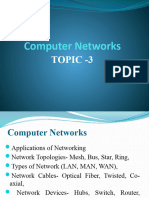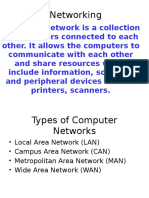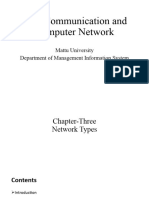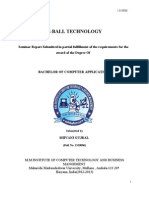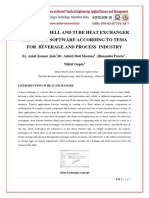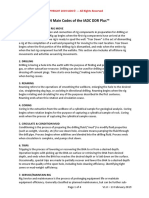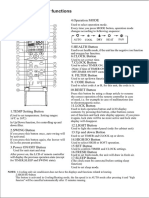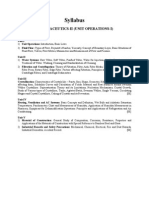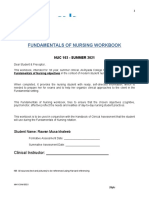0% found this document useful (0 votes)
118 views28 pagesCompter Netwoking
This document provides an overview of computer networking. It defines a computer network as interconnecting computers to share hardware, software, and data through communication mediums. There are several types of networks including local area networks (LANs) spanning 10 km, metropolitan area networks (MANs) spanning less than 50 km, and wide area networks (WANs) with no distance limit. Network topologies describe the physical layout of connected devices and include star, ring, bus, mesh, tree, and hybrid configurations. Computer networks provide advantages like resource sharing, remote access, and reduced costs. However, they also face issues like unauthorized access and viruses that require solutions such as user identification, encryption, and antivirus software.
Uploaded by
Shivani GujralCopyright
© Attribution Non-Commercial (BY-NC)
We take content rights seriously. If you suspect this is your content, claim it here.
Available Formats
Download as PPTX, PDF, TXT or read online on Scribd
0% found this document useful (0 votes)
118 views28 pagesCompter Netwoking
This document provides an overview of computer networking. It defines a computer network as interconnecting computers to share hardware, software, and data through communication mediums. There are several types of networks including local area networks (LANs) spanning 10 km, metropolitan area networks (MANs) spanning less than 50 km, and wide area networks (WANs) with no distance limit. Network topologies describe the physical layout of connected devices and include star, ring, bus, mesh, tree, and hybrid configurations. Computer networks provide advantages like resource sharing, remote access, and reduced costs. However, they also face issues like unauthorized access and viruses that require solutions such as user identification, encryption, and antivirus software.
Uploaded by
Shivani GujralCopyright
© Attribution Non-Commercial (BY-NC)
We take content rights seriously. If you suspect this is your content, claim it here.
Available Formats
Download as PPTX, PDF, TXT or read online on Scribd
/ 28









